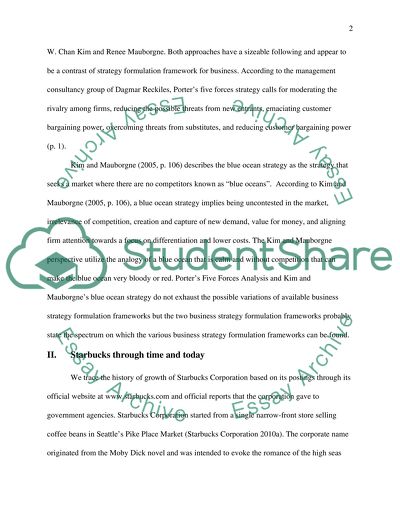Cite this document
(“Starbucks strategy Essay Example | Topics and Well Written Essays - 2000 words”, n.d.)
Retrieved from https://studentshare.org/environmental-studies/1405098-starbucks-strategy
Retrieved from https://studentshare.org/environmental-studies/1405098-starbucks-strategy
(Starbucks Strategy Essay Example | Topics and Well Written Essays - 2000 Words)
https://studentshare.org/environmental-studies/1405098-starbucks-strategy.
https://studentshare.org/environmental-studies/1405098-starbucks-strategy.
“Starbucks Strategy Essay Example | Topics and Well Written Essays - 2000 Words”, n.d. https://studentshare.org/environmental-studies/1405098-starbucks-strategy.


